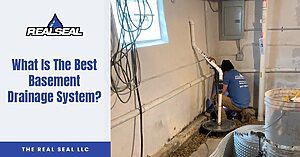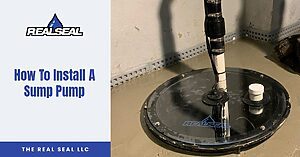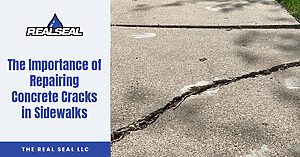In Chicago, where heavy precipitation is the norm throughout the year, homeowners should take preventative measures to stop water from trickling (or pouring) inside. Sump pumps are an effective way to address water getting into your home’s basement. Here is a beginner’s guide to having a sump pump in your basement.
What Is a Sump Pump?
A sump pump is a device that accumulates water, then forces it out and away from the home through a pipe that leads to an outside drain or a dry well. It is set up at the lowest area of your house so water will naturally collect in the sump pit. When water finds its way into this hole, a pressure sensor or float activator turns on the pump. Inside the pump, a fan-shaped component (known as an impeller) spins to simultaneously suck in all the water from the pit and push it out the exit pipe.
Sump Pump Types
The method of installation for a sump pump is dependent on the type of sump pump you choose to get. There are two main types: submersible and pedestal pumps. Submersible pumps have their motor located at the bottom of the sump pit in the water and must have a waterproof case around it. Pedestal pumps have their motor on the end of a rod that sticks out of the pit. They suck up water through a pipe that opens to the pit bottom. Pedestal pumps’ set up make them easier to implement since you don’t need to install them inside the pit. Plus, they don’t require the extra casing that submersible pumps possess. However, they do generate more noise as a result of their above-surface location.
Maintenance
Once you have a sump pump in your basement, you should periodically check to make sure it is operational so your basement is always ready for storms. Pour some water in the pit to see that the pump responds and turns on when it should. Also, look to see the electrical cord that powers it does not have any damage. If you have a submersible version, you should take the pump out and clean the grating so debris does not block its functioning over time.
If you are having flooding issues and need basement waterproofing in Chicago, IL, call the Real Seal today. We have expertise in installing sump pumps that will keep your basement secure and dry through rain, snow, and whatever else nature throws at your home.






